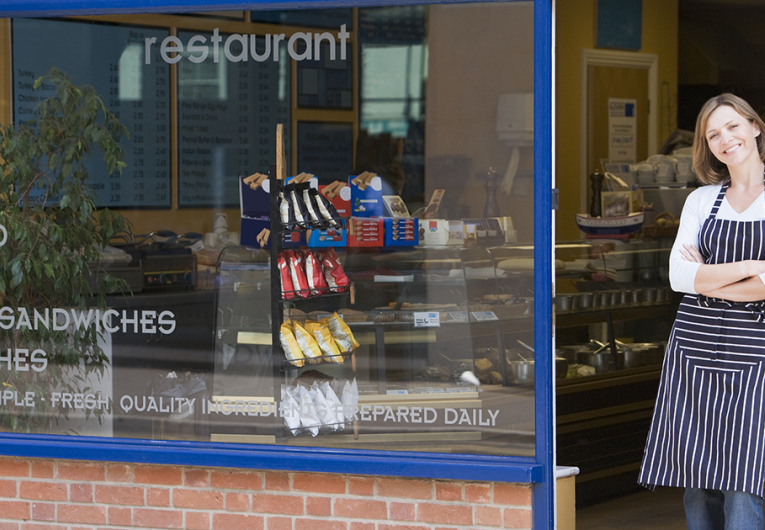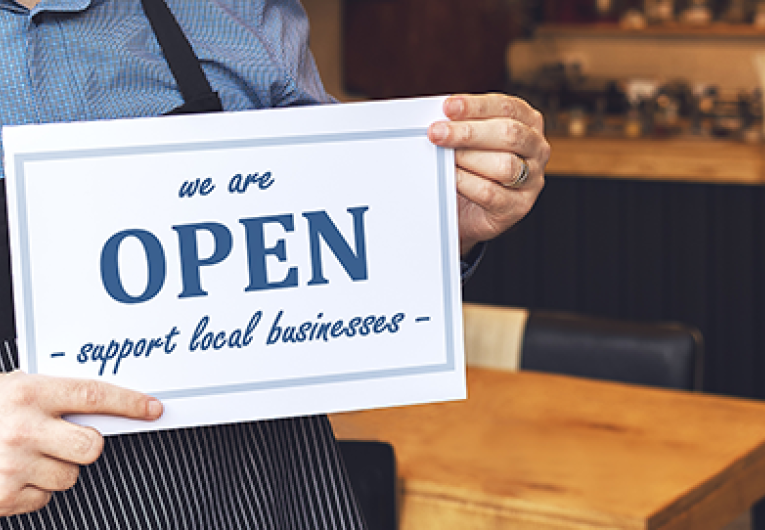
Product Pricing: What to Consider When Pricing Your Product?
 With the power to set prices comes great responsibility. Price too high or too low and you can price yourself out of business. Hit the sweet spot, however, and you can price your way to maximum profits and long-term success. Want the inside scoop on getting pricing right? Check out the following tips.
With the power to set prices comes great responsibility. Price too high or too low and you can price yourself out of business. Hit the sweet spot, however, and you can price your way to maximum profits and long-term success. Want the inside scoop on getting pricing right? Check out the following tips.
Understand Your Operating Costs
Before you can price successfully, you must know your operating costs and what your pricing needs to cover. This is where it pays to be thorough, taking into account everything from materials to employee salaries. A checklist provided by SmallBusiness Chron that can help can be found here.
One important note about operating costs: They should include how much profit you expect to generate. By treating profit as a fixed cost, like rent or utilities, you’re factoring success directly into your pricing.
Know Your Market (And Where Your Business Fits)
Are you a furniture wholesaler looking to undercut retailers in the area? Or is your business a commodity provider that responds to the market leader? Or something else?
Before you can set your pricing strategy, it pays to understand where your business fits in the market. This will help you determine the right pricing model for your products and services. The Small Business Administration (SBA) offers a variety of insights that can help here.
Choose Which Pricing Model Is Right For Your Business
Once you’ve determined your operating costs and understand the dynamics of the marketplace, it’s time to choose the pricing model that will work best for your business. An overview of the four basic models is provided here.
- Competitive Pricing
Requires a deep understanding of what others in the market are charging. Based on this information, you decide if you can charge the same, a higher price or a lower one. Constant monitoring of the market is required to do this successfully.
- Cost Plus Pricing
The total of your operating costs, plus profit. So if the materials, labor and overhead for a particular product is $150 and you seek a 25% profit, your cost plus price is $187.50 ($150 x .25 + 150).
- Demand Pricing
You determine what volume and price generate the optimum profit for your business. Typically this is done with a commodity product sold through a variety of channels. For instance, wholesalers may charge less for a mattress but make up for it in volume. Retailers will charge more but offer added services, like delivery.
- Markup Pricing
The business decides how much to add to a price once all costs are covered. This markup is pure profit, which gives the seller room to negotiate with a consumer seeking a reduced price.
Monitor and Adjust
Once you’ve chosen a pricing method, keep a close eye on any profits. If something is working, stick with it. If not, don’t be afraid to make changes or go back to the drawing board on fundamentals, like operating costs. For many, the difference between the right price and the wrong one lie within the details.
While pricing isn’t rocket science, it can be a little tricky. By following these guidelines, you can choose a method that can launch your business to success.
The trends, insights, and solutions you need to grow your business.
By signing up, you’re subscribing to our monthly email newsletter, The
Wire. You may unsubscribe at any time.
Your information stays safe with us. Learn more about our privacy
policy.











![[#MSP_NAME#] Logo](/themes/sparklight_business/images/transition-logos/migration-banner-logo-[#MSP_CD#].png)
